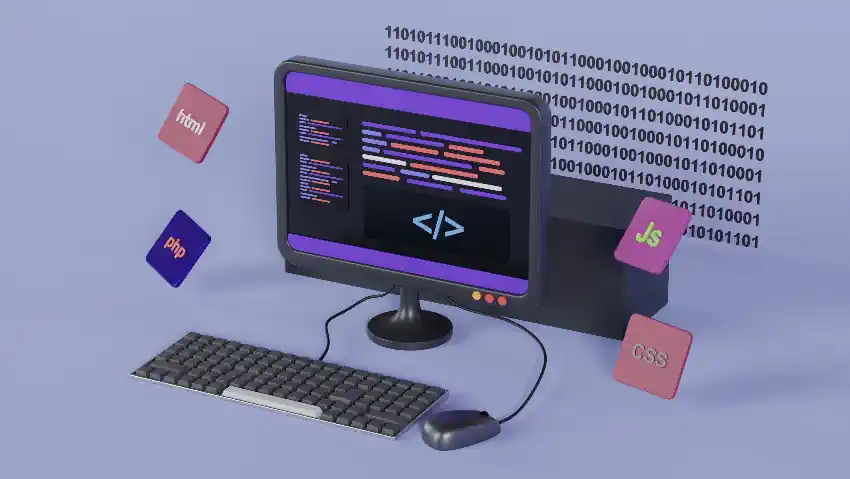In today’s fleetingly changing world, the need for effective emergency operations has become more critical. Extremes can strike anytime, from natural disasters like hurricanes and earthquakes to man-made incidents similar to cyberattacks or artificial accidents. Organizations, governments, and businesses use advanced management software to address these challenges. This article will explore six compelling reasons why emergency management software is a must-have in today’s complex and unpredictable environment.
Table of Contents
1. Streamlined Communication and Collaboration
Effective communication is the foundation of successful exigency operations and is imperative in times of extreme. This software enables effective communication and provides colourful tools and functionalities that enhance collaboration between departments and agencies. By offering the capability to circulate up-to-the-nanosecond updates, announcements, documents, charts, and multimedia content in real-time, this software guarantees that essential information is readily accessible to all material parties. This flexible communication and collaboration system enables brigades to make well-informed choices and reply instantly and efficiently to evolving extremities, conserving lives and reducing detriment.
2. Data Integration and Analysis
During an emergency, having access to accurate and timely data can be a game-changer for decision-makers. Advanced software gathers and processes data from colourful sources and offers sophisticated logical tools. These tools enable organisations to claw deeper into the data, relating trends, patterns, and implicit areas of concern. With the ability to generate reports and predictive models, this data-driven approach enhances situational awareness to an unprecedented level. As a result, response brigades can reply further fleetly and allocate coffers with lesser perfection, eventually perfecting their capability to alleviate the impact of extremities.
3. Enhanced Resource operation
Enhanced resource management becomes indeed more critical as the scale and complexity of extremities increase. In extreme cases, having a clear overview of available funds and their status can separate a well-coordinated response from chaos. This software provides real-time visibility into resource volume, enabling organisations to make informed decisions on mobilising the labour force, dispatching inventories, and allocating outfits. Likewise, it allows for effective collaboration between colourful response brigades, ensuring that coffers are stationed where demanded most and in a timely and coordinated manner, eventually enhancing the overall effectiveness of exigency response sweats.
4. Comprehensive Risk Assessment
Comprehensive risk assessment is the foundation of effective emergency operations, and this software plays a vital role in this process. It empowers organisations to estimate implicit pitfalls and vulnerabilities across colourful operations completely. This thorough analysis aids in developing robust mitigation strategies that encompass forestallment and response. By proactively relating vulnerabilities and sins beforehand, organisations can apply necessary safeguards and protocols, reducing the impact of extremities and strengthening their overall adaptability in the face of adversity. This visionary approach ensures they’re better equipped to cover their people, means, and character, no matter the circumstances.
5. Scalability and Rigidity
Scalability and rigidity are two abecedarian attributes that make this software necessary. Organizations encounter colourful challenges when facing extremities, from minor incidents to major catastrophes. The inflexibility of this software empowers them to calibrate their response strategies accordingly. Whether brazenly with a localised event demanding nippy action or a wide extremity challenging a comprehensive approach, the software’s versatility shines through. It allows organisations to seamlessly acclimate their protocols, resource allocations, and communication strategies, ensuring they’re always well-prepared to attack the specific challenges of each unique situation. This rigidity eventually leads to a more effective emergency response, securing lives and minimising the impact of disasters.
6. Compliance and Reporting
Government regulations and reporting conditions are significant in exigency operations, especially for public agencies and critical structure providers. This operation software helps organisations maintain compliance by automating reporting processes and ensuring all necessary attestation is readily available. This saves time and money and reduces the threat of compliance penalties. By streamlining the attestation and reporting aspects, this software enables organisations to concentrate more on their core liabilities during an emergency, eventually enhancing their capability to respond effectively and efficiently.
Conclusion
Exigency operation software is a precious tool that organisations cannot overlook in today’s changeable world. It provides a centralised platform for communication and collaboration, integrates and analyses critical data, enhances resource operation, conducts comprehensive threat assessments, offers scalability and rigidity, and ensures compliance with reporting conditions. By investing in similar technology, organisations take a visionary step toward perfecting their preparedness and response capabilities. It is not simply about securing physical means; it’s about saving lives and guarding the well-being of communities. From the ruinous fate of natural disasters to the grim rush of cybersecurity pitfalls, having the right tools in place can mean the difference between chaos and a coordinated, effective response.
